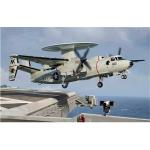Academy - 1/144 - USN E-2C VAW-113 - "Black Eagles"
Academy - 1/144 - USN E-2C VAW-113 - "Black Eagles"
- Brand: Academy
- MPN: Academy 9-12623
- Part #: MDLADY0912623
- UPC:
View all shipping info
- Brand: Academy
- MPN: Academy 9-12623
- Part #: MDLADY0912623
- UPC:
Features
Specifications
Reviews
Delivery & Pick-up
Returns & Warranty
Popular Military Aircraft

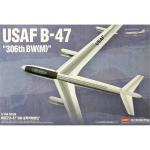
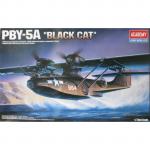

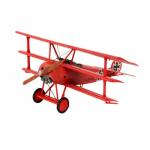
Academy - 1/144 - USN E-2C VAW-113 - "Black Eagles"
- Brand: Academy
- MPN: Academy 9-12623
- Part #: MDLADY0912623
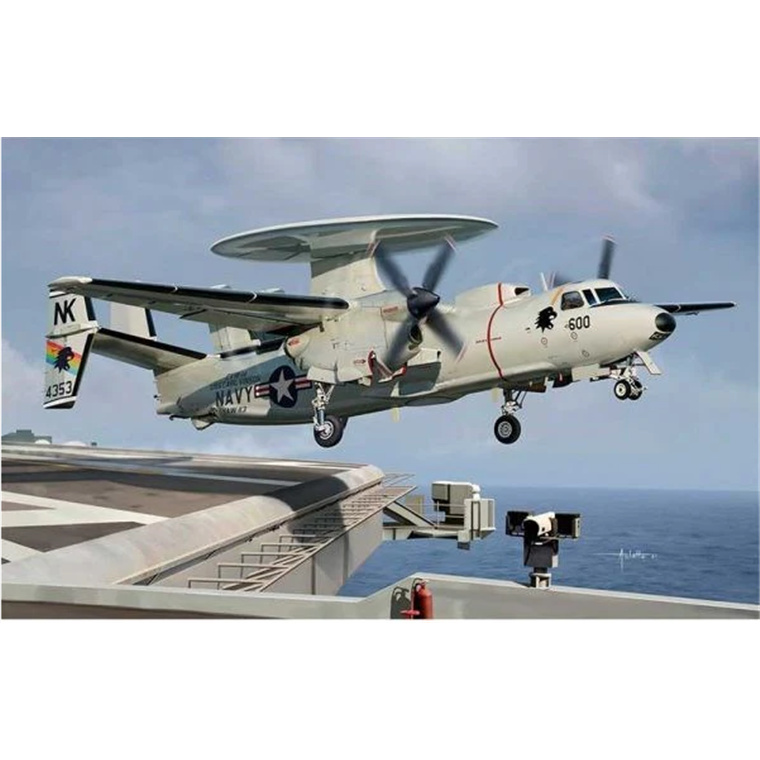
Product URL: https://www.pbtech.com/au/product/MDLADY0912623/Academy---1144---USN-E-2C-VAW-113---Black-Eagles
Features
Academy - 1/144 - USN E-2C VAW-113 - "Black Eagles"
The Grumman E-2 Hawkeye is the successor to the E-1B, which was a modified TBF-3 Avenger from World War II. In the mid-1950s, Grumman began work on the aircraft, and by 1964, the U.S. Navy introduced the E-2A, the first aircraft specifically designed for Airborne Early Warning (AEW) tasks. By 1967, 59 E-2A aircraft had been built, and they were heavily used during the Vietnam War. After this, several modifications were made, leading to the new designation E-2B, which included upgrades such as a high-speed programmable digital computer.
The E-2C program began in 1968 as the third generation of the Hawkeye family. The E-2C prototype made its first flight in 1971, and the first aircraft was delivered to the U.S. Navy in 1973. By March 1994, 139 E-2C aircraft had been produced or converted from earlier models. The E-2C Hawkeye became an essential tool for preventing surprise attacks not only from enemy fighters and bombers but also low-flying aircraft, missiles, and warships. The E-2 belongs to the AEWC & C category, which stands for Air Early Warning, Command and Control System.
Equipped with a massive rotating antenna and hundreds of kilograms of electronic equipment, the E-2 Hawkeye can monitor 35 million cubic kilometers of airspace and over 480,000 square kilometers of ocean surface. This capability allows it to detect potential threats to naval fleets, including aircraft, missiles, and ships. The aircraft's abilities have also been used by civil organizations for air traffic control. Because it operates at high altitudes, the E-2 has a much wider radar horizon, enabling it to detect threats beyond the reach of ground-based radar systems.
The AN/APS-145 radar system on the E-2 automatically detects, identifies, and tracks targets from more than 500 kilometers away. Its passive detection systems extend its range even further, allowing it to detect and classify targets beyond the radar's direct capabilities. The E-2 Hawkeye can be used for various missions, including commanding assault operations, countering drug smuggling, and conducting Search and Rescue (SAR) missions. With its advanced radar and communication systems, a single Hawkeye could oversee air traffic across a large country like Poland, supporting military and civilian operations.
In 1994, Northrop Grumman began work on an upgraded version of the E-2C, which included improvements like better ground target tracking, IFF (Identification Friend or Foe) capabilities, and a 40% range improvement for the AN/APS-145 radar. The upgrade also introduced new pilot cockpits with color multifunction displays, improved operator consoles, and enhanced interoperability with the AEGIS system on Ticonderoga-class cruisers. These upgrades allowed the E-2C to remain effective into the 21st century. The crew consists of 2 pilots and 3 operators, and the aircraft is powered by two Allison T56-A-427 turboprop engines. Despite its seemingly outdated propulsion system, the turboprops are ideal for the Hawkeye's missions due to their low fuel consumption, long-range capabilities, and suitability for carrier-based operations. The aircraft can stay in the air for over 4 hours and operate 350 km from its base.
Specifications
Brand
Academy
Scale
1/144



